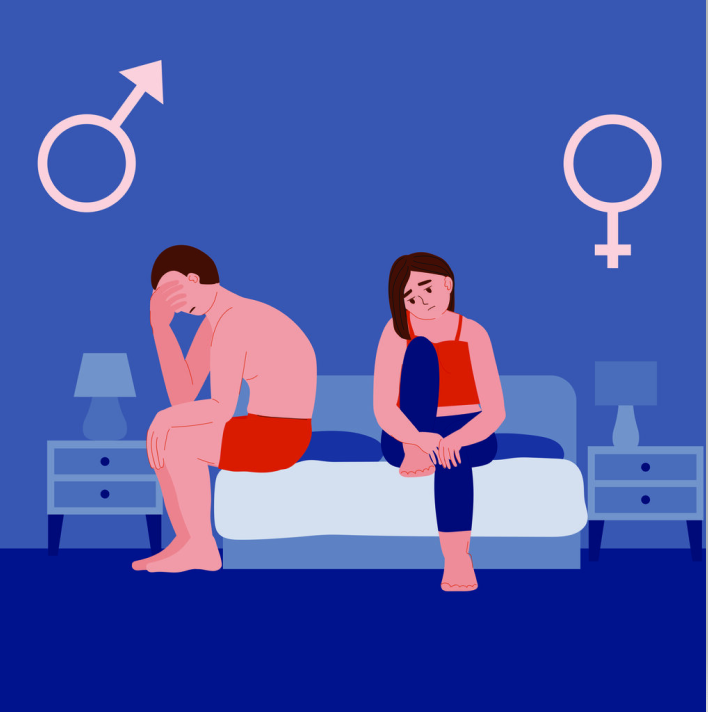What are the symptoms of retrograde ejaculation?
Retrograde ejaculation, a condition where semen enters the bladder instead of exiting through the penis during orgasm, can present with various symptoms, including:
- Dry Orgasm: The most common symptom is experiencing orgasm without ejaculation, or a noticeable reduction in the volume of semen.
- Cloudy Urine: After orgasm, the urine may appear cloudy or contain traces of semen, which indicates that semen has entered the bladder.
- Reduced Libido: Although not always present, some men may experience a decrease in sexual desire or satisfaction due to the condition.
- Discomfort or Pain: Occasionally, individuals might feel discomfort or pain in the lower abdomen or pelvic region.
- Difficulty Achieving Orgasm: Some may find it harder to reach orgasm or may experience less intense orgasms.
If you suspect you have retrograde ejaculation, it’s important to consult a healthcare provider for an accurate diagnosis and appropriate management.
What are the causes of retrograde ejaculation?
Retrograde ejaculation can be caused by various factors, including:
- Medications: Certain medications, especially those used to treat high blood pressure or depression (such as alpha-blockers or antidepressants), can interfere with normal ejaculation.
- Neurological Conditions: Disorders affecting the nerves that control ejaculation, such as diabetes, multiple sclerosis, or spinal cord injuries, can lead to retrograde ejaculation.
- Surgical Procedures: Surgeries involving the prostate, bladder, or pelvic region (such as prostatectomy or bladder surgery) may damage the nerves or structures involved in ejaculation, causing retrograde ejaculation.
- Prostate Disorders: Conditions like benign prostatic hyperplasia (BPH) or prostate cancer can impact the function of the prostate and lead to retrograde ejaculation.
- Hormonal Imbalances: Imbalances in hormones, such as low testosterone levels, can affect sexual function and ejaculation.
- Psychological Factors: Anxiety, stress, or psychological trauma can sometimes contribute to difficulties with ejaculation.
- Congenital Conditions: Rarely, congenital anomalies affecting the structure of the reproductive tract may be present from birth and lead to retrograde ejaculation.
Identifying the underlying cause is essential for effective management, so consulting a healthcare provider is important for a proper diagnosis and treatment plan.
What is the treatment for retrograde ejaculation?
Treatment for retrograde ejaculation depends on its underlying cause and may involve various approaches:
- Medication Adjustments: If medications are causing retrograde ejaculation, a healthcare provider may adjust the dosage or switch to alternative treatments that don’t affect ejaculation.
- Medications to Improve Ejaculation: Some medications, such as alpha-agonists (e.g., pseudoephedrine), can help redirect semen to the urethra rather than the bladder.
- Management of Underlying Conditions: Treating underlying conditions, such as diabetes or neurological disorders, can improve or resolve retrograde ejaculation if these conditions are contributing to the issue.
- Surgical Interventions: In cases where retrograde ejaculation results from surgical procedures, corrective surgery or procedures might be considered to repair or restore normal function.
- Hormone Therapy: If hormonal imbalances are involved, hormone replacement or therapy may help address the issue.
- Lifestyle and Behavioral Changes: Addressing psychological factors, stress, or anxiety through therapy or counseling may improve sexual function and ejaculation.
- Assisted Reproductive Techniques: For individuals looking to conceive, techniques such as sperm retrieval from the bladder (post-ejaculatory urine) combined with assisted reproductive technologies like in vitro fertilization (IVF) can be used.
- Pelvic Floor Exercises: In some cases, exercises to strengthen the pelvic floor muscles might be beneficial.
Consulting with a healthcare provider, particularly a urologist or a specialist in sexual health, is important for determining the most appropriate treatment based on the specific cause and individual needs.

Leave a Reply
You must be logged in to post a comment.